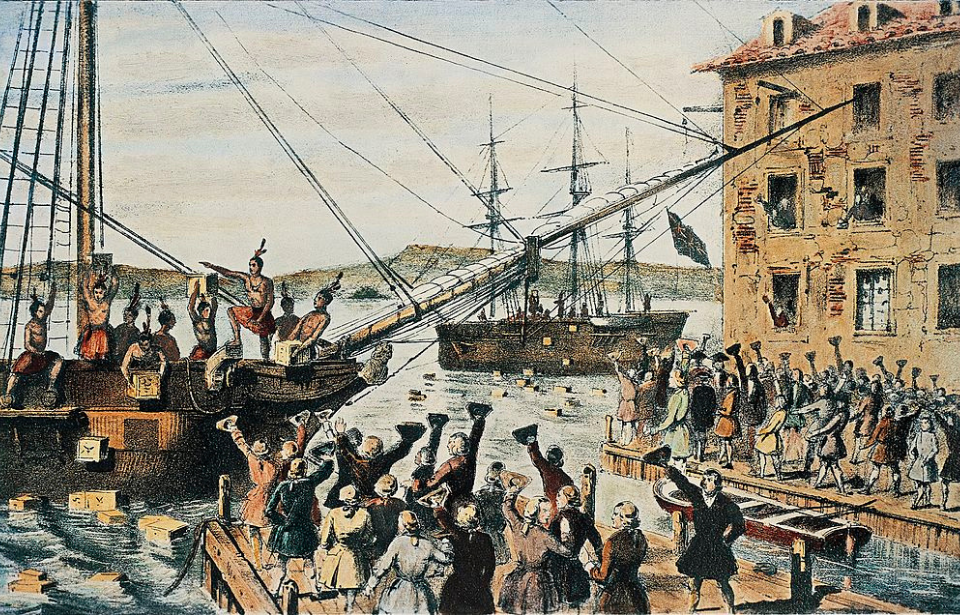The Boston Tea Party is one of the most famous events in American history. However, it has become difficult to separate mythology from fact, like with many other historical events. Below are just five things the majority of people get wrong when talking about this defining historical moment.
The protest wasn’t about the taxes the Colonists were paying
Students have long been taught the demonstrators were angry about taxes. While that is inherently true, it wasn’t necessarily about the taxes they were paying. The British East India Company (EIC) had a surplus of tea and could no longer sell it at a profit with the taxes they were paying. The British Crown responded by lowering the EIC’s taxes to where they could operate at a profit.
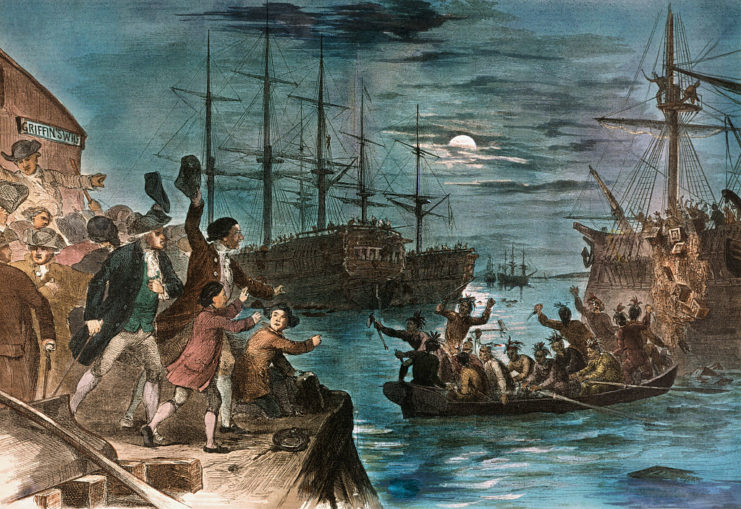
The Colonists were upset this decision was made without their input, despite it directly affecting them. Due to the high cost of the EIC’s tea, smugglers had been bringing in supplies from Holland. The change in taxation made the EIC’s tea less expensive than the smuggler’s tea, and the Colonists were unhappy they could no longer circumvent British taxes.
It was not the King’s tea
Many people believe the King’s tea ended up in Boston Harbor. As discussed above, that was not the case. It was the EIC’s tea. As such, the main target of the protest was the tea importers. The Colonists were demonstrating their anger against the reduced tax rates. The move was clearly also an aggression against King George III.
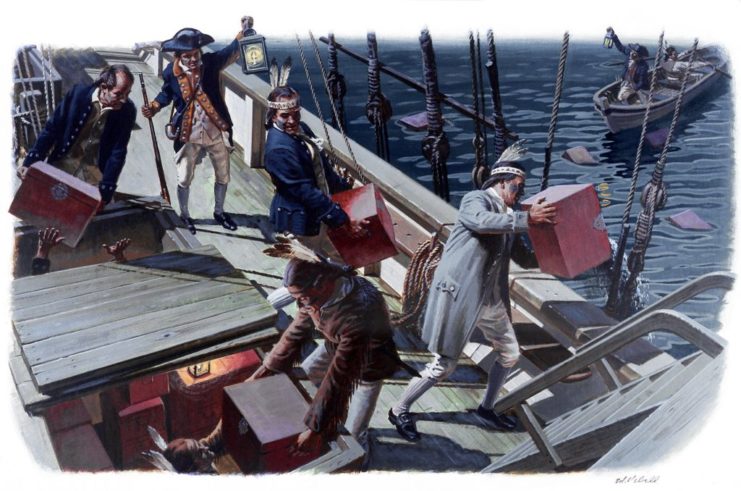
The King and all of England were embarrassed by the demonstration and penalties came down quickly. Boston Harbor was closed, and Britain passed additional punishments that became known as the Intolerable Acts. The Tea Party was also a galvanizing moment for the Colonists.
Urged on by John Adams, the drinking of tea became looked upon as unpatriotic. The sale of tea within the colonies sharply declined, and many, instead, turned to coffee as their preferred hot drink. Even today, coffee is more popular than tea in the US.
The Colonists didn’t dress as Native Americans to pass the blame
A fair number of the protesters who threw the tea into the water were dressed as Native Americans. Over time, some have assumed these disguises were meant to pass the blame onto another group. According to Benjamin L. Carp, the costumes were actually worn for a different reason. He argues they were more of an homage to the independent and anti-Colonial spirit of the Native Americans.
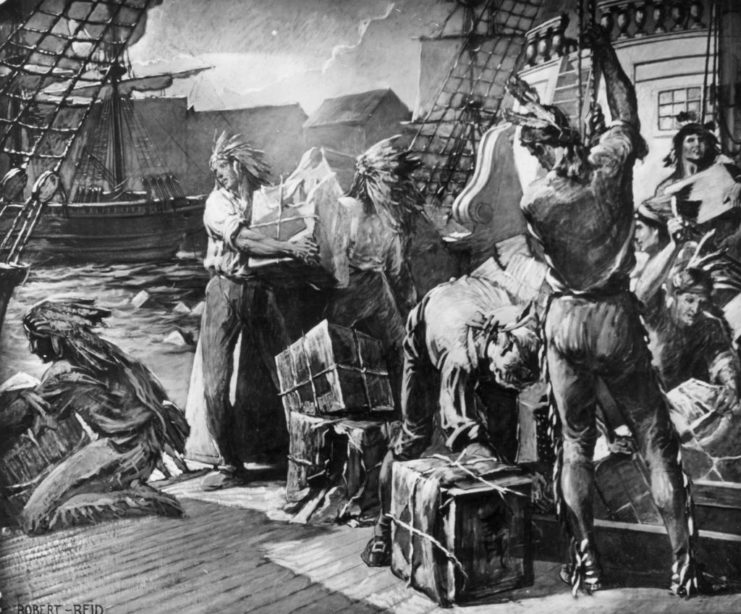
The disguises also provided an additional benefit. Despite the fact there were around 100 demonstrators that night, only one man, Francis Akeley, was ever arrested and tried for the destruction of the tea. This means the costumes not only made a political statement, but also protected the wearers from punishment.
The ships weren’t British
Walking onto a ship owned by the Crown and throwing its inventory into the harbor was indeed a provocative act. The vessels, however, were not owned by the British. The boats boarded by the Colonists were the Beaver, the Eleanor, and the Dartmouth. Each had been built in America, and all three were owned, at least in part, by Colonists.
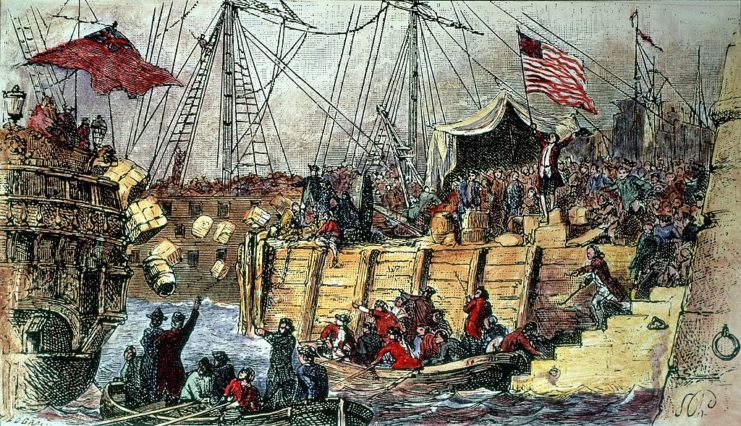
It turns out that neither the tea nor the ships were actually the property of the British Crown. This, of course, did not matter to the British, who were focused on saving face after the event.
No one called it the Tea Party for decades
The Colonists didn’t refer to the event as the Tea Party. According to Carp, it was more commonly referred to as “the destruction of tea in Boston Harbor, or something similarly cumbersome.” When the term was coined, it wasn’t referring to a party as in a celebration – it was referring to the party of men who grouped together to destroy the tea.
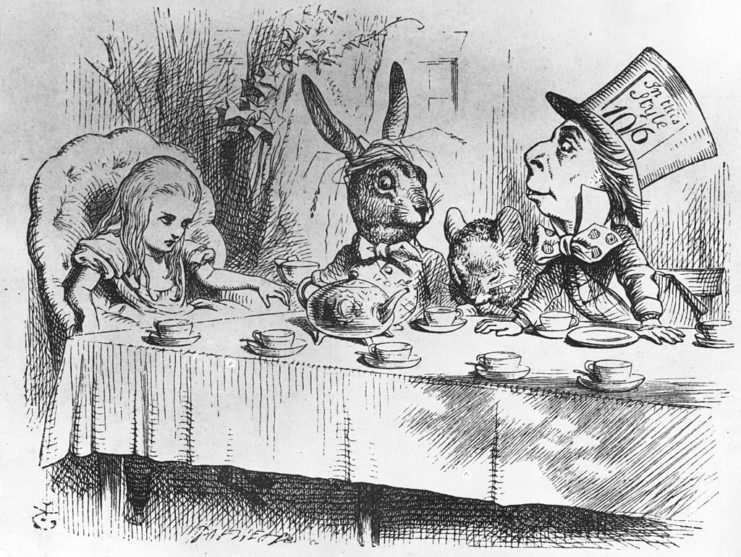
In fact, there is even a question about whether or not “Tea Party” was even a commonly used term in the 1770s. It was popularized after the success of Alice’s Adventures in Wonderland by Lewis Carroll. In the 1865 book, the character of the Mad Hatter hosts a tea party for Alice.
